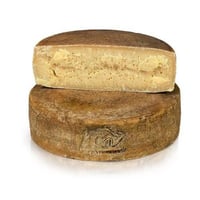Get our welcome kit
Sign up to receive the e-book containing the summer inspirations of our ambassadors and find out more about Spaghetti & Mandolino, the philosophy and the products and producers that you can bring to your table (oh, in the middle there is also a discount coupon).
 S&M
S&M
